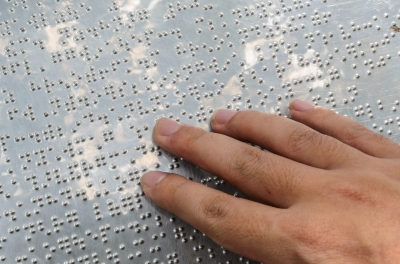With an estimated one billion people worldwide living with a disability, access to technology is key to help realize the full and equal participation of persons with disabilities.
Throughout human history, technology has shaped the way people live. Today information and communications technologies in particular have impacted a lot of people’s daily lives. The elections are processes that do not escape this need, and electoral commissions are taking steps to meet the accessibility needs of everyone on an equal basis.

Consider the typical voter: able to read, speaks the language used in the ballot fluently, and having no major disability in regard to vision or physical dexterity. Now, consider voters with special needs: they may be visually impaired, illiterate, unable to fully understand the language used in the ballot, or have mobility impairments which prevent them from marking a paper ballot or using a touch screen device.
Inaccessibility —as far as voters are concerned— can take several forms: difficult access to voting booths, lack of privacy, confusion at the multiple electoral options, disorientation when attempting to use a voting machine, inability to mark a ballot properly, not knowing whether they really voted for the right option, all of which may create a wall between disabled people and their right to vote. The privacy of being able to vote without having someone’s help with reading the choices, or with going through the voting procedure, is priceless.
Technology makes it easier for those with disabilities to vote by themselves. For example, you can offer Braille interfaces, audio prompts, larger buttons on extendable hand-held devices —and even ‘sip and puff’ controls.
Keeping this in mind, our electronic voting -machines are completely accessible to everyone, allowing visually impaired voters to hear audio options via headphones, then make their choice using sip and puff tools. Our machines also feature detachable devices that can be passed to wheelchair voters who cannot reach the screen, so they can navigate through the options via a keypad.
Voting is a right of every citizen. For voters with disabilities, automation enables active participation in the electoral process on equal terms as everyone else.
The International Day of Persons with Disabilities is marked around the world annually on December 3, as per the General Assembly resolution No. 47/3 (1992), to promote awareness and mobilize support for critical issues pertaining to the inclusion of persons with disabilities in society and in progress.